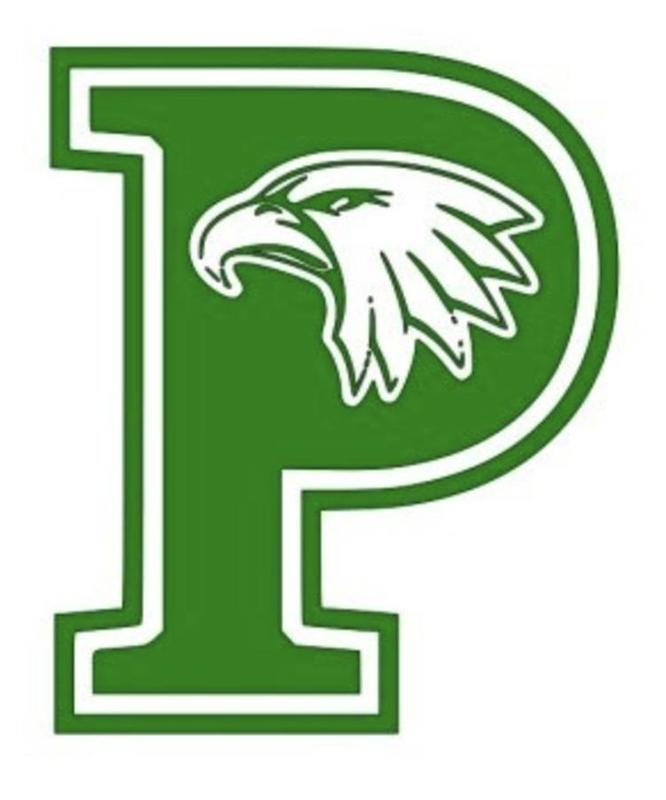Information
-
Lab number
-
Semester:
- Spring
- Fall
-
Lab responsibility
-
Conducted on
-
Prepared by
-
Personnel
A. General Work Environment
-
1. Work areas illuminated
-
2. Storage of combustible materials minimized
-
3. Trash removed promptly
-
4. Aisles and passageways kept clear
-
5. Wet surfaces covered with non-slip material
-
6. Heavy items stored on lower shelves
-
7. Means available to reach items stored above shoulder level
-
8. Storage at least 18 inches below sprinkler head
-
9. Storage at least 24 inches below ceiling
-
10. Exits a. Illuminated signs working
-
b. Paths free from obstruction
-
c. Alternate exits available where required
-
d. Fire doors not blocked or wedged open
-
e. Doors not locked
-
11. Security/controls where required for select materials
-
12. Pits and floor openings covered or guarded
B. Emergency Planning
Facilities
-
1. Fire extinguishers mounted near doorway
-
2. Fire extinguishers unobstructed
-
3. Fire extinguisher fully charged
-
4. Fire extinguisher tamper indicator in place
-
5. Eyewash and safety showers available in close proximity and unobstructed
-
6. Fire alarm pull stations unobstructed
Inspections
-
7. Fire extinguisher inspected
-
8. Eyewash and safety shower inspected
-
9. Spill control plan completed
-
10. Spill control materials available and adequate to cover anticipated spills
C. Required Information/ Postings
-
1. Written Emergency Action Plan
-
2. Material Safety Data Sheets readily accessible
-
3. Written Chemical Hygiene Plan available in lab
-
4. Documentation of Personal Protective Equipment Hazard Assessment and training
Postings
-
5. Emergency Information Posters accurate and current
-
6. Telephones posted with 911 sticker
-
7. Ice making machines posted Not for Human Consumption
-
8. Building Evacuation Routes posted
-
9. Fire Code Permits posted (when required)
D. Personal Protective Equipment
-
1. Eye and face protection available where needed
-
a. Goggles and face shields for corrosives
-
b. User enrolled in respiratory protection program
E. Electrical Hazards
-
1. Flexible cords in good condition
-
2. Cover plate in place for outlets and switches
-
3. Circuit breaker panels unobstructed
-
4. Machine/instrument access panels in place
-
5. No exposed electrical conductors (50 volts or more)
-
6. Multiplug adapters have overload protection
-
7. No extension cords used
-
8. Ground fault circuit interrupters (GFCI) used for wet/exterior use
-
9. Guards/covers used for electrophoresis devices
F. Chemical Storage
Facilities
-
1. Shelving adequate for loads imposed
-
2. Refrigeration units for chemical storage labeled No Food
-
3. Refrigeration units for food labeled Food Only
-
4. Chemical storage cabinets properly labeled
-
5. Ventilated gas cabinets used for highly toxic gases
-
6. No volatile chemical storage in unventilated environmental chambers
-
7. Containers clearly labeled with chemical name(s)
-
8. Containers kept closed except during transfers
-
9. Storage strictly limited in actively used fume hoods
-
10. Containers compatible with the chemical
-
11. Chemicals segregated to avoid incompatibilities
-
12. Large/heavy containers stored on lower shelves
-
13. Corrosives not stored above eye level
-
14. Storage quantities minimized
-
15. Secondary containers used during transport of more than one pint of chemicals
-
16. Materials with shelf lives dated and disposed of per supplier's recommendations
-
17. All materials that become unstable and/or more hazardous after prolonged storage are labeled with date received and opened.
G. Flammable Liquids
-
1. Used in fume hood or well-ventilated area
-
2. Stored in flammable liquid storage cabinet for more than 10 gallons per room
-
3. Refrigeration units approved for flammables storage
-
4. Flammables separated from strong oxidizers
-
5. Class ABC or BC fire extinguisher available
-
6. Flammable liquids not stored near hot plates or other ignition sources
H. Compressed Gases
-
1. Used in well ventilated area
-
2. Toxic, flammable, corrosive gases used in fume hood
-
3. Storage quantities minimized
-
4. Secured from tipping in use
-
5. Regulators compatible with gas cylinder
-
6. Cylinder carts used for transport
-
7. Protective valve caps in place
-
8. Empty or unused gas cylinders promptly returned to supplier
-
9. Compressed gas cylinders are properly secured to prevent tipping and capped when not in use.
I. Cryogenics
-
1. Personal protective equipment used to avoid skin contact
-
2. Used/dispensed with good ventilation
-
3. Containers vented or pressure relief devices provided
-
4. Low temperature embrittlement considered
-
5. Glass dewars shielded
J. Waste Disposal
-
1. Containers kept sealed except during transfer
-
2. Containers labeled with the words Hazardous Waste
-
3. Constituents of the waste described on the container label
-
4. Storage limited to <1 quart of acutely hazardous waste
-
5. Glass chemical containers recycled per established procedures
-
6. Separate disposal containers available for broken glass
-
7. Containers compatible with waste
-
8. waste accumulation at or near point of generation and under the control of the operator.
-
9. All waste container are in good condition and are not leaking.
-
10. All chemical waste is being disposed of properly.
K. Ventilation
-
1. Each chemical fume hood has been surveyed
-
2. Fume hood vents (baffles) unobstructed
-
3. Fume hoods used with sash in appropriate position
-
4. Chemical storage strictly limited in actively used hoods
-
5. Other local exhaust devices (e.g. gas cabinets, elephant trunks) surveyed
-
6. Laminar Flow Cabinets posted
M. Security
-
1. Doors to the lab operate, close and lock properly
-
2. Windows operate, close and lock properly
-
3. Keys and access cards are kept in a secure area, out of sight
CERTIFICATION:
-
(To be signed by responsible faculty member or designated representative) I certify that I understand all necessary corrective actions specified in this report and have corrected all of the items indicated to the best of my knowledge. Return to EHS









